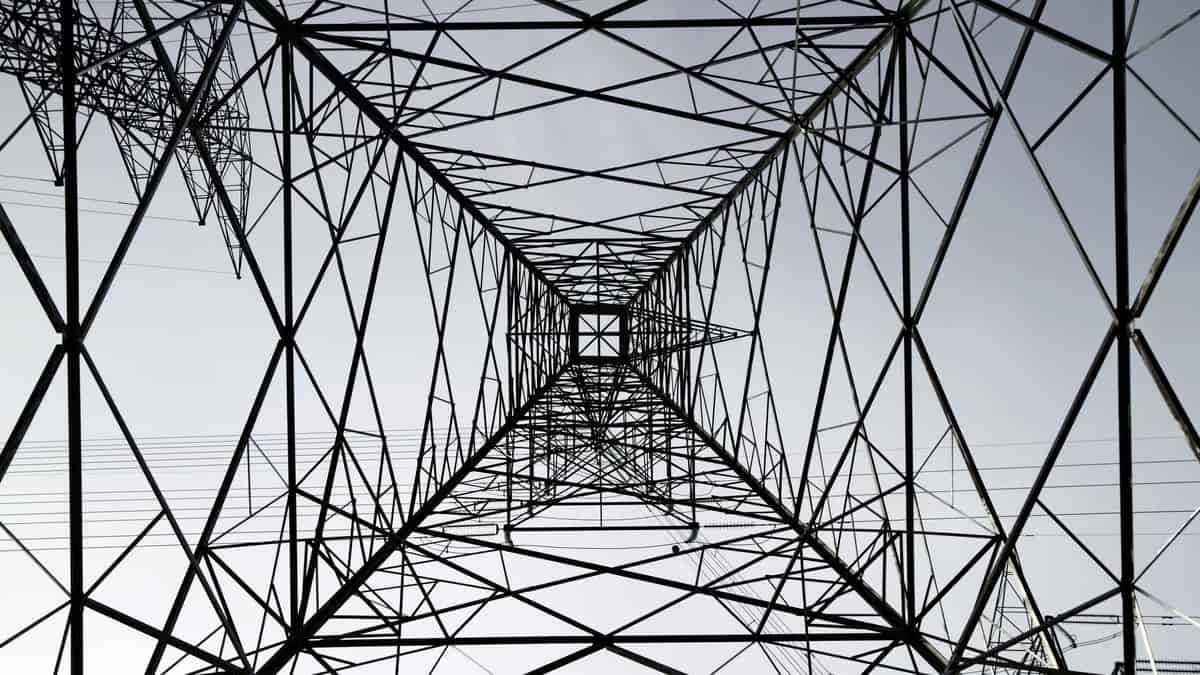As government and auto manufacturers work together towards the electric vehicle transition to promote clean energy and meet the net zero emission targets, EV demands constantly increase. However, concerns arise with the infrastructures if they can catch up with this sudden shift that requires massive electricity.
US’ aging grid does struggle with the increasing electricity demand. Since electricity needs to be consumed instantly once created or otherwise, it becomes very difficult manage. Effective production becomes an initial problem as it can affect the larger grid.
It is worth noting that electricity consumption in the United States significantly increased from 0.3 trillion kilo dollars in 1950 to about 4 trillion kilo dollars in 2020. Interestingly, transportation’s electricity consumption only accounted for a meager percentage.
Having said that, if the US continues to add tons of electricity usage for charging EVs to an aging grid, it definitely cannot cope. According to the Federal Highway Administration, Americans drive 3.2 trillion miles a year with conventional cars. If converted to electric with 3 miles per kilowatt hour, like Tesla Model X, it will be one trillion kWh of electricity. In effect, annual electricity consumption would see 20% from 4 trillion to 5 trillion kWh.
Aside from using EVs as batteries and spreading grid demand, oil refineries’ consumption must also be decreased to prevent the grid from blowing up with pressing electricity demand. Some estimates even place the actual electricity consumption of the whole life cycle of gasoline, not just refineries, at nearly 100 billion kWh per year which is about 10% of the 1,000 billion kWh of electricity needed for 100% EVs in the US.
If the United States would not consider these solutions, the grid will be compromised, and its net zero emission targets will be hard to achieve.

